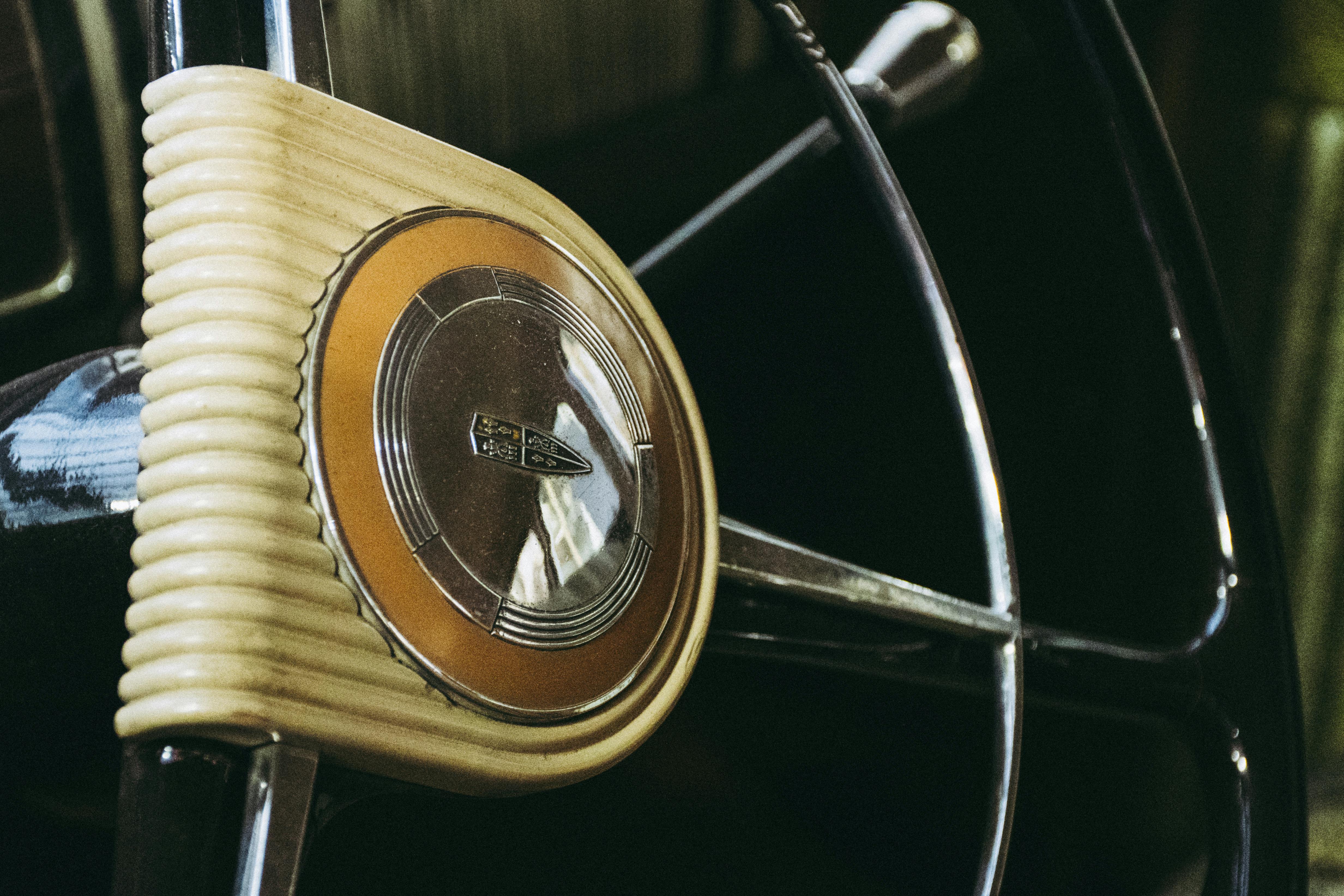The Jaguar E-Type was introduced at the 1961 Geneva Motor Show and saw production run for 12 years, finally ending in 1973. The Jaguar E-Type appears regularly and consistently in polls to rate the most beautiful cars of all the times, very often topping the list. list and at least appear in the top ten.
The starting offering was a fantastic output of 265 bhp, 150 mph with acceleration to go with it, and an average fuel consumption of 18 mpg, all from a fully loaded sports/touring car. This kind of performance is impressive for cars built today and was a remarkable feat at the time, as no other manufacturer had achieved these performance figures in its time. Initially launched in 1961 as a 3.8 liter series one E Type, a 4.2 liter series two Jaguar E-Type in 1968 and finally as a 5.3 V12 series three XKE, the Jaguar E-type was a benchmark for the automobile. industry throughout its production cycle.
If you’re looking to buy a Jaguar E-Type, you basically have two options, a restored or a non-restored example.
When buying a Jaguar E-Type to restore, in theory this should be the easiest route, as you’re looking for a car that you know needs work and expect to see areas of the car that are frankly a mess. It can also be quite difficult for the seller to paint an inaccurate picture of the work required. It is common to be advised to find the worst because you can find a starting point and use it as a comparison when looking at other potential Jaguar E-Types for restoration. If you’re lucky and live in a warmer climate, your potential project car may be in good condition; however, overall the bodywork will be in poor condition and will require a full restoration. for a boxed car – I guarantee there will be missing parts).
Other points you need to consider are the conversion of Jaguar E-Type hardtop coupes to convertibles, this will significantly affect the value and also the road safety of the vehicle. Also note the matching numbers for the engine, gearbox, and chassis; by this I mean that the car comes with the originally supplied engine and gearbox.
When buying a restored Jaguar E-Type, you need to do your homework on the potential cars you’re looking to buy. A Jaguar E-Type with a lot of history is a good starting point, but even then it helps to have the mindset that the car could have problems. Any restoration done by a reputable company should have a photographic report of the work done, not based solely on receipts for large sums of money for work apparently done. Look for a car that is used regularly, as a Jaguar E-Type was designed to be driven and a car that sits at a standstill can soon start to reverse any restoration work done. If possible, take someone with experience buying a Jaguar E-Type and someone with mechanical knowledge. It also makes sense to look at more than one car – don’t buy the first Jaguar E-Type you look at!
I hope you find this guide to buying a Jaguar E-Type useful, it really is an iconic car and a good example will give you a fantastic driving experience like no other classic car could.
